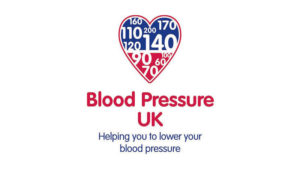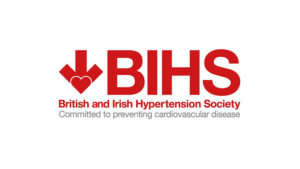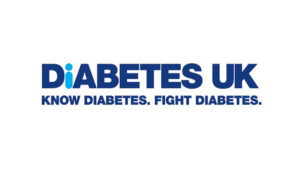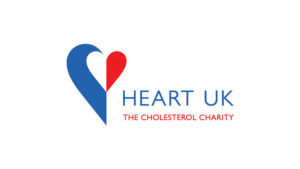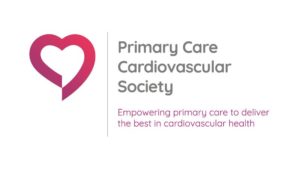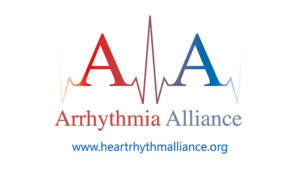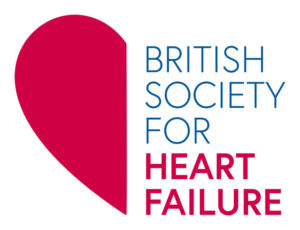You know the scenario only too well. Your patient is sat in front of you, taking up more space than he or she used to, and you are discussing the increase in their blood glucose levels. How do you raise the issue of their weight, without offending them or making what seems to them a personal comment?
Ezetimibe: a new type of lipid-lowering therapy
Only half of patients being treated for elevated cholesterol levels are currently reaching targets, according to recent research. So what can we do to improve things? One option is to add a new type of lipid-lowering drug – ezetimibe – to a statin. This article reviews how ezetimibe works and its place in primary care management of raised lipids.
Talking to Practices
Rosemary Evans, practice nurse at a Docklands practice, London, talks to BJPCN about why and how she set up her smoking cessation service
Optimising treatment of type 2 diabetes with metformin
There is good evidence that tight glycaemic control significantly improves outcomes in patients with type 2 diabetes. All practice nurses will be looking to achieve the new General Medical Services contract (GMS2) targets for HbA1c reduction in diabetes (see box). Practices will be developing prescribing strategies to achieve this reduction, in accordance with good clinical practice. Metformin offers an important first-line therapy for type 2 diabetes. The introduction of a new, sustained-release formulation – Glucophage SR – should improve patient compliance with metformin and so improve glycaemic control.
Tackling the burning issue of smoking cessation
The number of people who smoke has fallen over the past 30 years under a barrage of tobacco control measures, including increasing the price of cigarettes, advertising bans, and health education campaigns. But, one in four premature deaths in the UK (adults aged 35–65 years) are still caused by smoking, and a study published recently warned that today’s smokers puff their way through more cigarettes and start at an earlier age than smokers of fifty years ago. This means that, on average, men who smoke now die ten years earlier than men who don’t smoke. Can primary care make an impact on this ongoing problem? The good news is yes – and the new GMS contract is finally offering us incentives to include smoking in our health promotion activities. In this article, we give you the ammunition to put smoking cessation on your agenda – with the health and economic reasons why it makes sense to help patients quit. Practice nurse Rosemary Evans then explains how she does it in her Docklands practice.
Optimising the treatment of type 2 diabetes with newer insulins
Primary care nurses play a central role in the management of type 2 diabetes in the community. This includes helping patients to use their drug treatment correctly. Although many patients with type 2 diabetes initially respond well to weight loss and exercise, most require oral hypoglycaemics and half of all patients eventually require insulin to control their glucose levels in order to prevent the devastating long-term complications of inadequately controlled diabetes. Linda Goldie gives an up-to-date review of the newer insulins – including the insulin analogues, insulin lispro, insulin aspart and insulin glargine – that have been introduced.
The Primary Care Training Centre
The Primary Care Training Centre (PCTC) was set up eight years ago with the aim of providing practical, evidence-based training for primary care health professionals. It was started in response to requests from primary care professionals who were concerned that there was no training specifically for them, particularly on the important subjects of diabetes and coronary heart disease prevention. Existing courses sometimes failed to fully understand the primary care situation.
Disease Focus on… Angina
Angina is a common problem in primary care, affecting around one in every six patients aged 65 years and over. It ispredominantly chest pain due to transient myocardial ischaemia caused by coronary artery disease. Episodes of angina are typically caused by exertion or emotion, and are relieved by rest. Treatment with drugs and/or surgery that improves blood flow to the heart and lifestyle changes can significantly improve patients’ quality of life and survival.
Disposing of used syringes and other sharp clinical waste
More and more is being expected of practices in improving the management of diabetes – with initiatives such as the National Service Framework (NSF) for Diabetes and NICE guidance setting increasingly ambitious targets. The National Diabetes Support Team (NDST) has been set up to help support local services throughout the NHS and in meeting these challenges. In this issue, they share latest advice for practices and patients on disposing of used syringes and other sharps.
Running a successful cardiovascular clinic in general practice
The very good audit data for this practice has led to its winning awards. So how does the practice do it? This ‘day in the life of’ photo diary gives a step-by-step guide to the key elements of running a successful cardiovascular clinic in general practice.
Stop the clot: achieving effective anticoagulation in patients with heart disease
Thromboembolism is a common complication of heart disease – particularly in patients with atrial fibrillation (AF). Decisions to prescribe an anticoagulant are based on assessment of an individual patient’s risk of clotting and the side-effects of treatment. With growing numbers of patients with heart disease, the number of patients on anticoagulants is increasing and there is a shift to primary care-based anticoagulation clinics. Practice nurses have a central role in educating patients about anticoagulation therapy and in monitoring their ongoing care.
Diabetes care: maintaining glycaemic control during fasting for Ramadan
Fasting during Ramadan – lasting from 15th October to 12th November this year – is one of the five pillars of Islam. The experience of fasting is intended to teach Muslims self-discipline and self-restraint, and to help them understand a little of the plight of the less privileged. But what are the implications of fasting for patients with type 2 diabetes?



